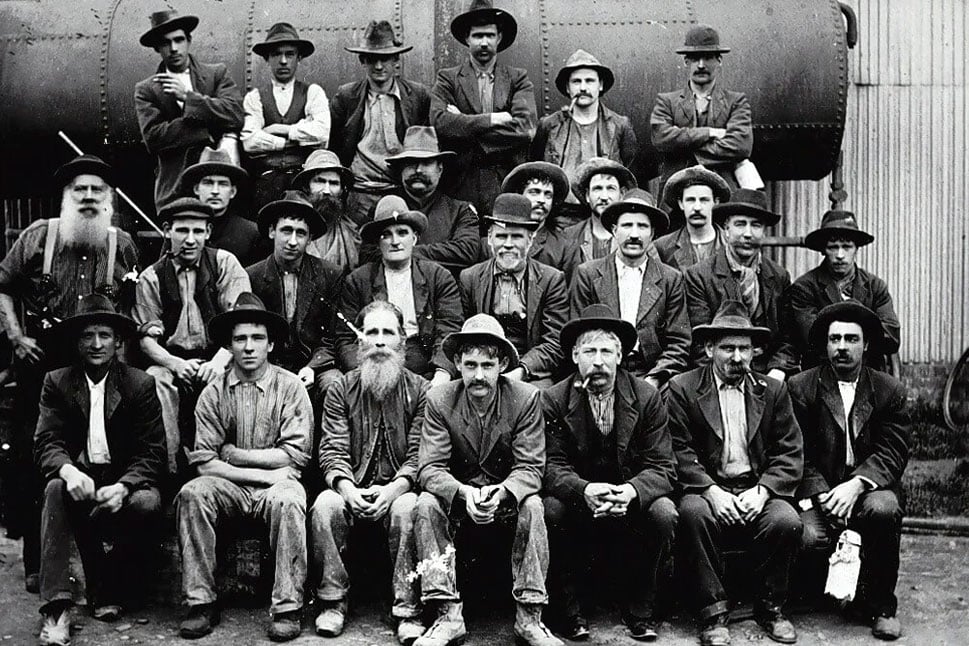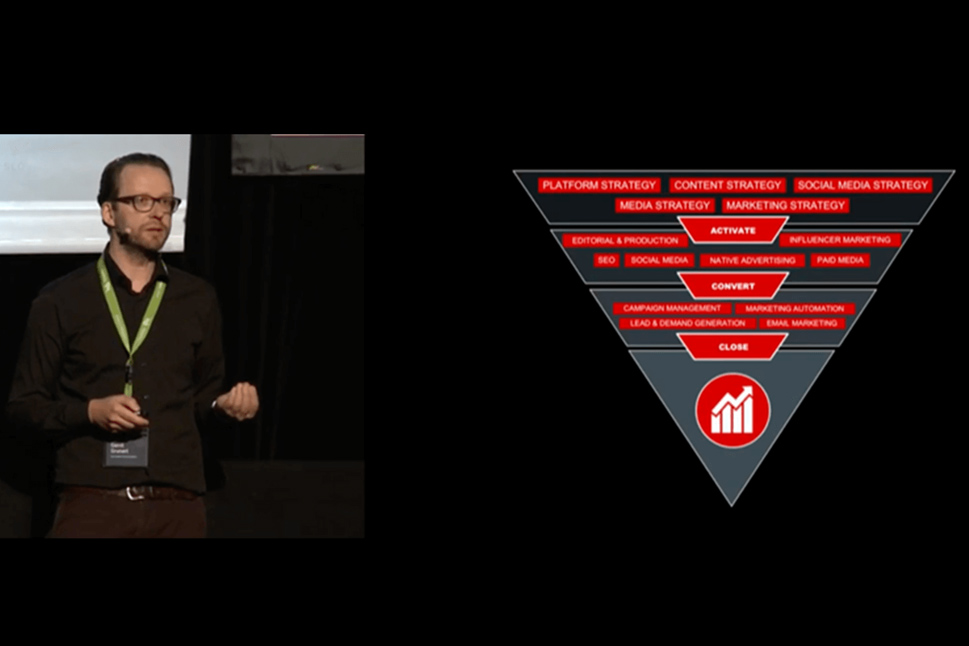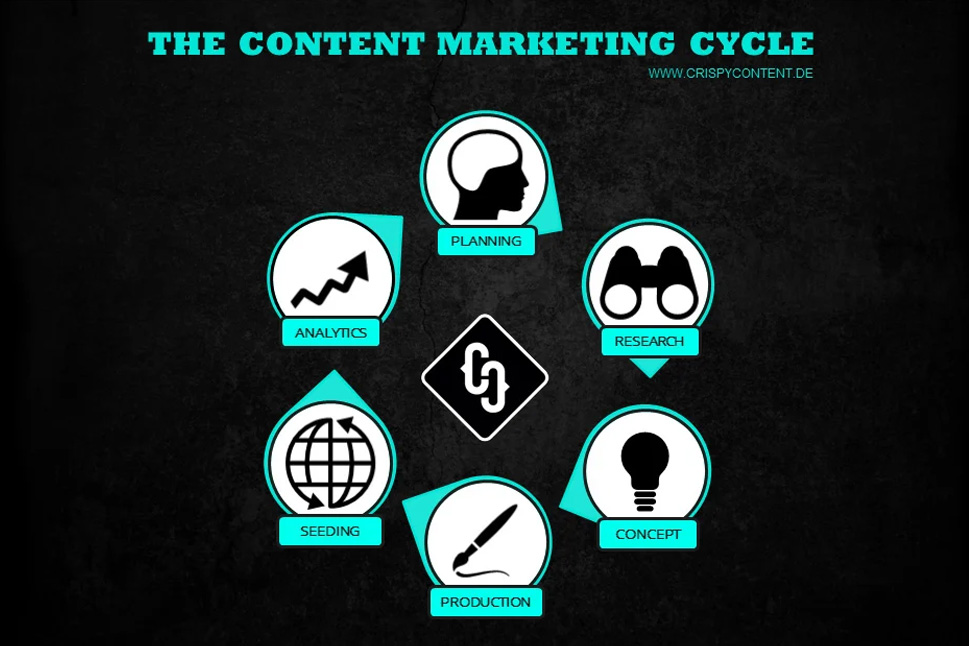Work More Efficiently: How Clear Standards Help Marketing Teams’ Work
Last updated on June 19, 2025 at 07:50 AM.The modern workplace is fast-paced, ever-changing, and demanding. Speed, shifting priorities, and -evolving requirements define modern marketing work. In many organisations, an excessive amount of time is spent on individual agreements and clarifying responsibilities—causing delays, duplicated efforts, and frustration. For companies aiming to grow and internationalise, this inefficiency becomes a costly burden. That’s why it pays to take a closer look at how teams work—especially when it comes to the role of standards, structured processes, and repeatable workflows.

Process diversity as a time trap: Why marketing teams lose momentum
In marketing, efficiency is far from guaranteed. Campaigns are developed by different teams, briefing formats vary, and performance measurement depends heavily on the experience of individuals. Even simple tasks—like setting up a new blog post or approving a graphic—can be delayed due to a lack of standardisation. The result: time is lost, team members repeatedly clarify the same questions, and mistakes become more likely.
This variety of processes is especially evident in international B2B companies. Different markets and time zones, changing stakeholders, and country-specific requirements make coordination more complex. Without defined workflows, teams quickly lose track—slowing down implementation and affecting quality.
Standardisation creates freedom: Myths and reality in B2B marketing
Many marketing managers initially associate standards with control and restriction. In reality, clearly defined workflows offer freedom: they reduce the need for coordination, relieve teams from repetitive tasks, and free up time for creative work. Standard Operating Procedures (SOPs), for example, don’t eliminate individual solutions—they ensure that routine tasks are handled efficiently and resources are used effectively.
In B2B communication—where complex products and lengthy decision-making processes are the norm—SOPs can make a decisive difference. Teams gain planning certainty, new hires find their footing faster, and coordination with other departments or external partners becomes smoother.
Templates and responsibilities: How structure drives quality
Introducing standards doesn't mean reinventing the wheel. Templates for briefings, editorial planning, or approval processes make it easier to get started and lead to consistent outcomes. Clearly defined roles—such as who approves a social media post or who handles reporting—help prevent misunderstandings. Once established, workflows can be adapted to different content formats without compromising flexibility.
This is particularly beneficial in global organisations where teams with different levels of experience must collaborate. Uniform structures provide reliability and transparency across locations and time zones. Quality becomes a function of process, not coincidence.
Reproducibility and speed: Competitive edge for global teams
By implementing standards, tasks can be completed more quickly and results are easier to compare. This not only saves time but also increases the reproducibility of success. Proven campaign formats can be rolled out across multiple markets without reinventing the wheel each time. At the same time, the quality of execution becomes more controllable—a crucial factor when alignment takes time and budgets are tight.
International marketing teams benefit especially from this approach. Country teams can rely on shared standards while still making local adjustments. The result is a flexible yet reliable collaboration framework—a clear competitive advantage in a global environment.
Overcoming resistance: Why standards aren’t always welcomed
The introduction of standards isn’t always met with enthusiasm. Teams often prefer individual work styles or are sceptical of change. Creative teams in particular worry that too much structure might stifle their work. The extra effort needed for training or adapting existing processes can also be seen as a hurdle.
Team leads must recognise and address this resistance early. Involving team members in the development of new processes improves buy-in. When employees clearly see the benefits—such as reduced stress and fewer repetitive tasks—they’re much more likely to support the change.
Participation and training: Success factors for industrial companies
The long-term success of standardisation depends on how it is implemented. Transparent communication, regular feedback loops, and hands-on training are essential. Employees should be encouraged to contribute their experiences and suggest improvements. This shared understanding strengthens commitment to the process.
This is especially true in industrial companies, where numerous interfaces and complex projects require tight coordination. Standardisation should not be seen as a one-off project but as a continuous improvement process. Regular reviews and adjustments ensure that workflows remain effective and aligned with day-to-day operations.
Scaling up: Building efficient global marketing structures
As internationalisation progresses, the challenge becomes maintaining standards across borders. Different cultures, languages, and market requirements call for a consistent yet flexible approach. Modular SOPs that can be adapted to local needs without losing the overarching structure have proven especially effective.
Digital tools help manage and document these standards. Centralised knowledge management, clear responsibilities, and ongoing exchange between teams support smooth scaling. This makes it easier to maintain consistent processes even during rapid growth or team changes.
A practical approach: Recommendations for mid-sized marketing teams
Standardisation doesn’t have to be complex. A pragmatic approach is key: start by identifying the most important processes such as content creation, approvals, or reporting. From there, simple templates and checklists can be developed. Assigning clear responsibilities and setting up regular check-ins helps embed new workflows into daily routines.
Digital tools such as collaboration platforms, project management software, and automation tools support this process. Just as important: keep evolving the standards over time to stay aligned with business needs. This ensures that your system remains flexible and high-performing in dynamic B2B environments.
Getting started: How to begin working in a structured way
Start with a pilot project. A selected team works with your agency to develop initial SOPs for a well-defined process. The results are documented and tested, and feedback from the team is used to refine the standards before rolling them out more broadly.
Key success factors: openness to change, clear communication, and a mindset of continuous improvement. These are the building blocks for greater efficiency, better outcomes, and more satisfied teams regardless of company size or international footprint.
More speed, less friction: cross-industry potential
Marketing teams that rely on clear standards benefit from noticeable relief in their day-to-day work. Time saved can be redirected toward developing new ideas and strategies instead of alignment calls or error correction. Work quality improves, processes become traceable, and success is easier to replicate—a critical advantage in today’s competitive landscape.
Setting standards doesn’t mean losing control. It means gaining speed. For those looking to bring more structure and efficiency to their marketing work, our e-book offers practical guidance and proven templates. A valuable companion for anyone looking to achieve more.
Creative, smart and talkative. Analytical, tech-savvy and hands-on. These are the ingredients for a content marketer at Crispy Content® - whether he or she is a content strategist, content creator, SEO expert, performance marketer or topic expert. Our content marketers are "T-Shaped Marketers". They have a broad range of knowledge paired with in-depth knowledge and skills in a single area.

.png)











.jpg)

-1.jpg)

-1.jpg)
.jpg)



.jpg)













.jpg)







.jpg)

































.jpg)












































